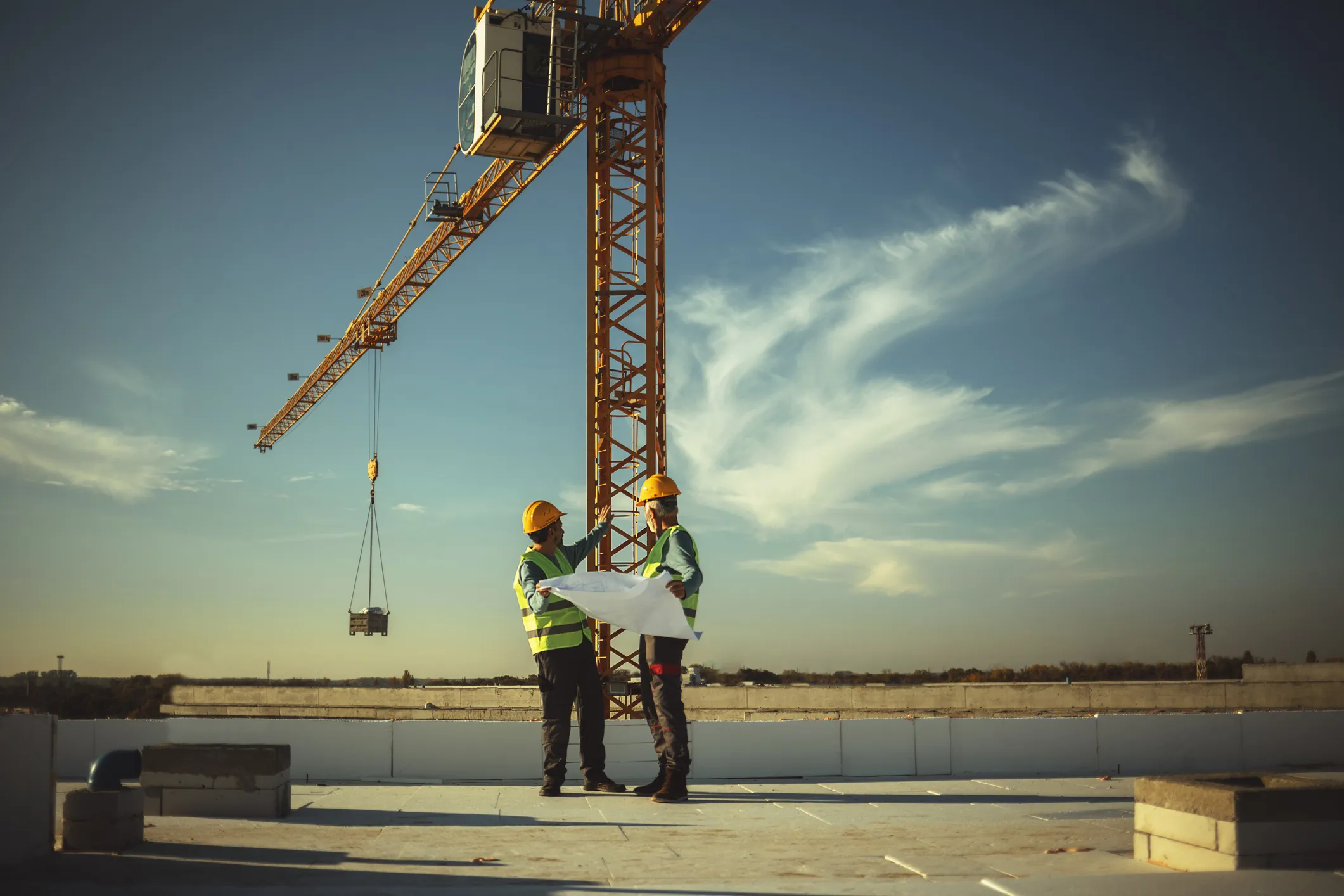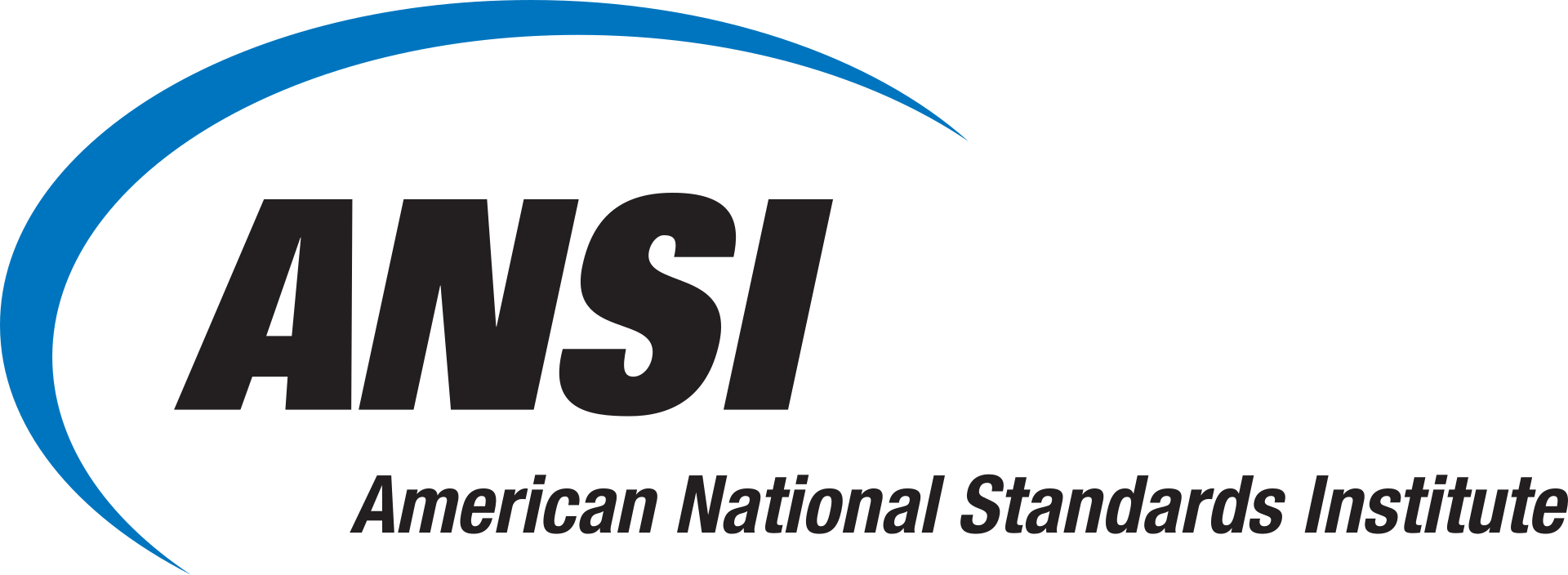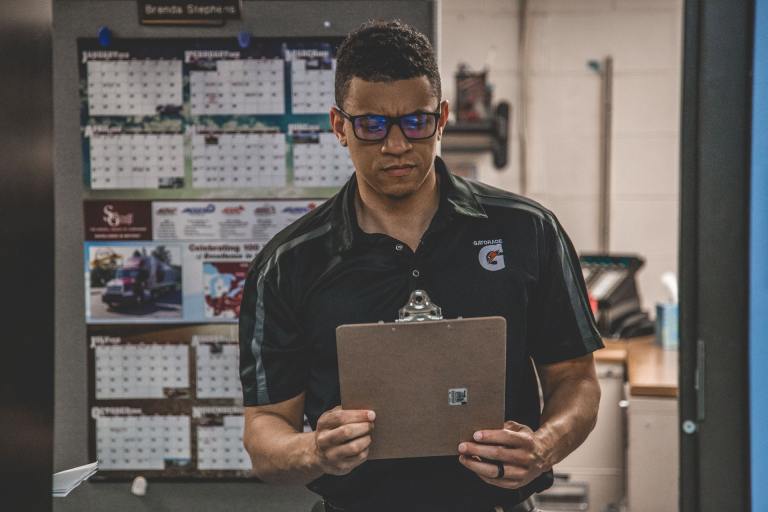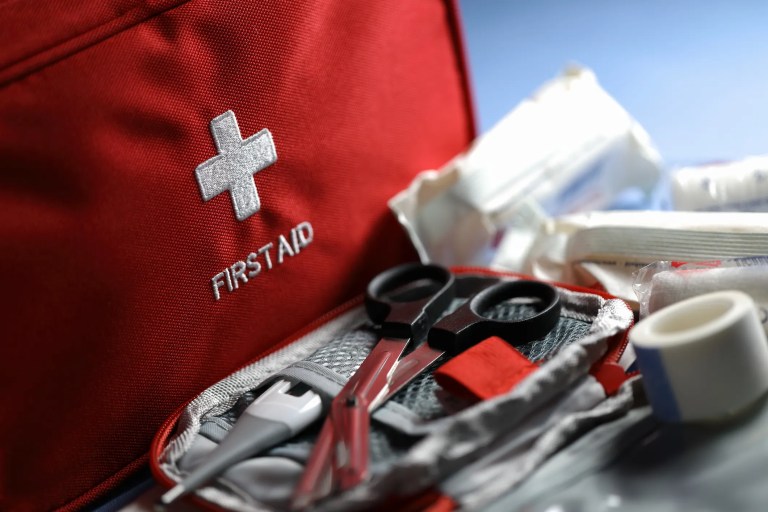ASME B30.22-2023: Articulating Boom Cranes

Construction sites, warehouses, and industrial environments can be hazardous, posing various risks to operators and workers. Offering a blend of versatility, power, and, most importantly, safety—articulating boom cranes are a standout solution. ASME B30.22-2023: Articulating Boom Cranes covers specifications for the construction, installation, operation, inspection, testing, and maintenance of articulating boom cranes.
What Are the ASME B30 Standards?
The ASME B30 standards are a comprehensive set of safety guidelines developed by the American Society of Mechanical Engineers (ASME) to assure the safe design, operation, inspection, testing, and maintenance of cranes, hoists, slings, and other lifting and rigging equipment.
The B30 series is a collection of individual standards, each dedicated to specific types of equipment (e.g., ASME B30.1 for hooks, ASME B30.2 for overhead and gantry cranes, ASME B30.23 for personnel lifting systems. ASME B30.9 for slings, etc.,). The ASME B30 standards cover various aspects of safety for manufacturers, owners, employers, users, and regulatory bodies.
You can learn more about the ASME B30 Series in our blog post: ASME B30 – All Volumes of the Safety Standard.
What Is ASME B30.22-2023?
ASME B30.22-2023 covers the construction, installation, operation, inspection, testing, and maintenance of articulating boom cranes. These are cranes with a boom that can be adjusted with hydraulic cylinders and are powered by internal combustion engines or electric motors, often mounted on a vehicle or a stationary base. ASME B30.22-2023 applies to these machines only when they are used for lifting service.
When cranes within the scope of ASME B30.22-2023 are used for service other than lifting service, the manufacturer or (when not available from the manufacturer) a qualified person shall establish the ratings, operating limitations, maintenance, testing, and inspection requirements that apply during that use.
What Are Articulating Boom Cranes?
An articulating boom crane (also known as a knuckle boom crane or loader crane) is a lifting device that has multiple hydraulic joints. Since this type of crane has multiple jointed sections (like a finger, knuckle, or human arm), it can bend and fold, providing greater flexibility in tight or confined spaces. Articulating boom cranes are designed to navigate tight spaces and lift heavy loads, while providing excellent control.
Why Articulating Boom Cranes Excel in Confined and Obstructed Work Areas
Unlike traditional forklifts or boom lifts, which often require more open space for maneuvering, articulating boom cranes are built with an articulated arm: a flexible, jointed mechanism—similar to a human arm—designed to precisely position and hold lightweight objects, tools, or equipment.
This allows the machine to bend and pivot, giving it the ability to reach over obstacles and into tight spots while keeping the base of the loader stable. This enhanced maneuverability is essential for avoiding accidents in crowded, cluttered, or uneven terrain.
Key Features of Articulating Boom Cranes
- Hydraulic Articulated Arms: Enables bending, extending, and retracting in multiple directions; gives operators better control and ability to work from a distance.
- Compact Storage: When not in use, the boom folds back into a compact position.
- Mounted on Trucks or Platforms: Often mounted on the back of trucks for loading/unloading cargo or equipment.
- Hydraulic Power: Operated hydraulically for precise and powerful movement.
- 360-Degree Rotation: Allows full rotation in most models.
- Remote Control Options: Improves safety and precision.
- Payload Capacities: Typically, 500 kg to over 20,000 kg (depending on model).
- Safety Features: Maintains stability on uneven terrains.
What Are the Main Uses of an Articulating Boom Crane?
Articulating boom cranes perform heavy lifting and material handling tasks in industries requiring flexibility:
Loading and Unloading Materials
- On trucks or trailers: These cranes are often mounted on trucks to lift heavy cargo, equipment, or materials on and off the vehicle.
- In warehouses or yards: For moving pallets, pipes, or machinery around storage areas.
Construction
- Urban construction sites: Articulating cranes can navigate around buildings, power lines, and scaffolding more easily than straight booms.
- Material placement: Ideal for placing bricks, lumber, roofing materials, or HVAC units in hard-to-reach locations.
Utilities and Maintenance
- Telecom and power line maintenance: Used for lifting workers or equipment up poles or into tight spaces around infrastructure.
- Sign installation or repair: Can place signage on buildings, billboards, or roadside poles.
Forestry and Landscaping
- Tree removal or trimming: Its flexibility allows precise branch removal without damaging nearby structures.
- Transporting logs or tree limbs: Lift and move large pieces to trucks or processing areas.
Marine and Dock Work
- Boat maintenance or cargo transfer: Used on docks or ships to move supplies, engines, or other heavy items.
- Fishing and aquaculture: Assist with lifting nets, traps, or tanks.
Mining and Heavy Industry
- Equipment handling: Move tools, machinery parts, or supplies within confined or underground spaces.
- Support tasks: Used in support vehicles for transporting or installing components.
Emergency and Rescue
- Disaster recovery: Help remove debris or rescue people from difficult locations.
- Firefighting or utility services: Some are adapted for use in emergencies requiring elevated access.
Where to Get ASME B30.22-2023
When it comes to crane safety, compliance with recognized standards like ASME B30.22-2023 is critical—especially for articulating boom cranes used in construction, utility work, and material delivery.
Please direct any technical questions relating to this American National Standard to the developer. You can find the contact information for all standard developing organizations (SDOs) here: Who to Contact for Standards Related Questions.






